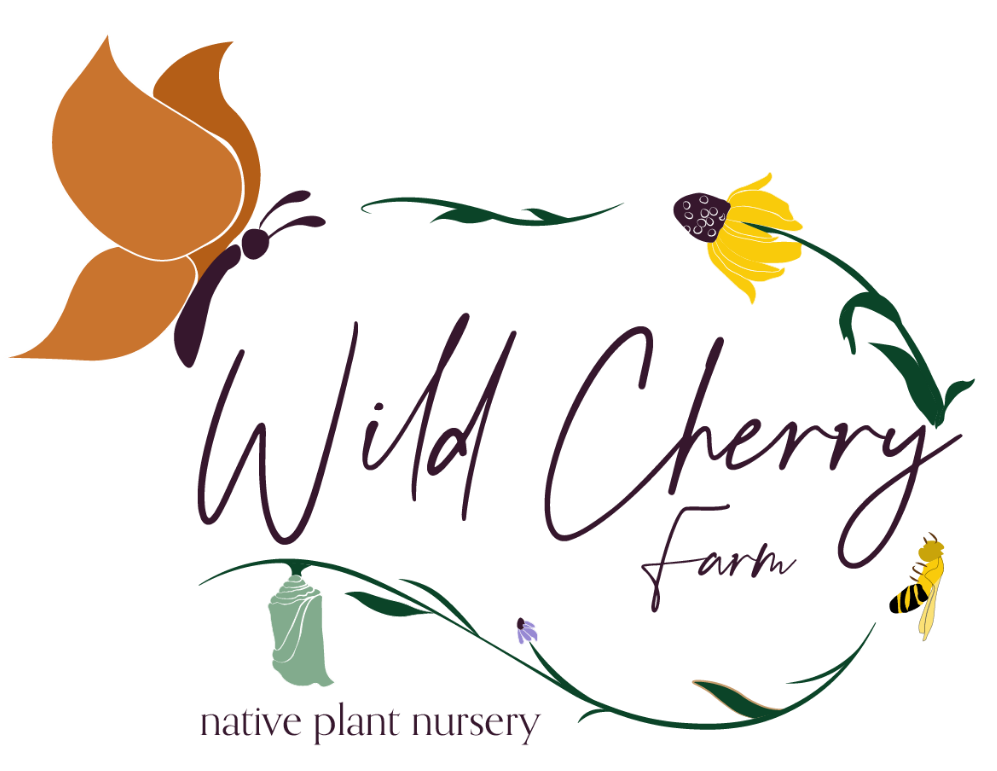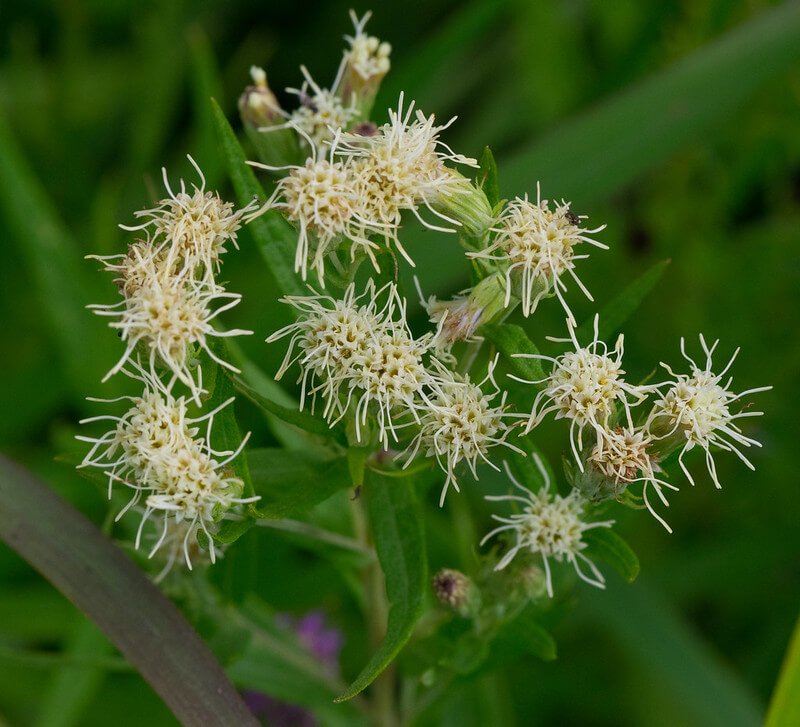False Boneset (Brickellia eupatorioides)
False Boneset attracts many different kinds of native bees, butterflies, and skippers who come for the nectar and pollen (illinoiswildflower.info). It is the host plant to a couple of moths in our area and it is recommended as a monarch nectar source by the Xerces Society (Xerces.org). False Boneset is a food source for many grasshoppers and what eats grasshoppers? Birds and we all want to provide an important food source to many birds right? False Boneset is also considered a plant of special concern in Michigan (mnfi.anr.msu.edu). Deer and other mammals tend to leave this one alone.
Photo credit: Joshua Mayer
False Boneset attracts many different kinds of native bees, butterflies, and skippers who come for the nectar and pollen (illinoiswildflower.info). It is the host plant to a couple of moths in our area and it is recommended as a monarch nectar source by the Xerces Society (Xerces.org). False Boneset is a food source for many grasshoppers and what eats grasshoppers? Birds and we all want to provide an important food source to many birds right? False Boneset is also considered a plant of special concern in Michigan (mnfi.anr.msu.edu). Deer and other mammals tend to leave this one alone.
Photo credit: Joshua Mayer
False Boneset attracts many different kinds of native bees, butterflies, and skippers who come for the nectar and pollen (illinoiswildflower.info). It is the host plant to a couple of moths in our area and it is recommended as a monarch nectar source by the Xerces Society (Xerces.org). False Boneset is a food source for many grasshoppers and what eats grasshoppers? Birds and we all want to provide an important food source to many birds right? False Boneset is also considered a plant of special concern in Michigan (mnfi.anr.msu.edu). Deer and other mammals tend to leave this one alone.
Photo credit: Joshua Mayer
Life Cycle: Perennial
Sun Exposure: Full sun, but a little shade is tolerated
Soil Moisture: Medium/dry-Dry
Height: 3 feet
Plant Spacing:
Bloom Time: August-September
Bloom Color: Cream
Advantages: Pollinator Favorite, Bird Favorite, Deer Resistant
Host Plant: 2 species of butterflies and moths use this as a caterpillar host plant in our area (nwf.org)(illinoiswildflower.info)
Species of Concern: State Status: Special Concern, State Rank: Imperiled (mnfi.anr.msu.edu)






